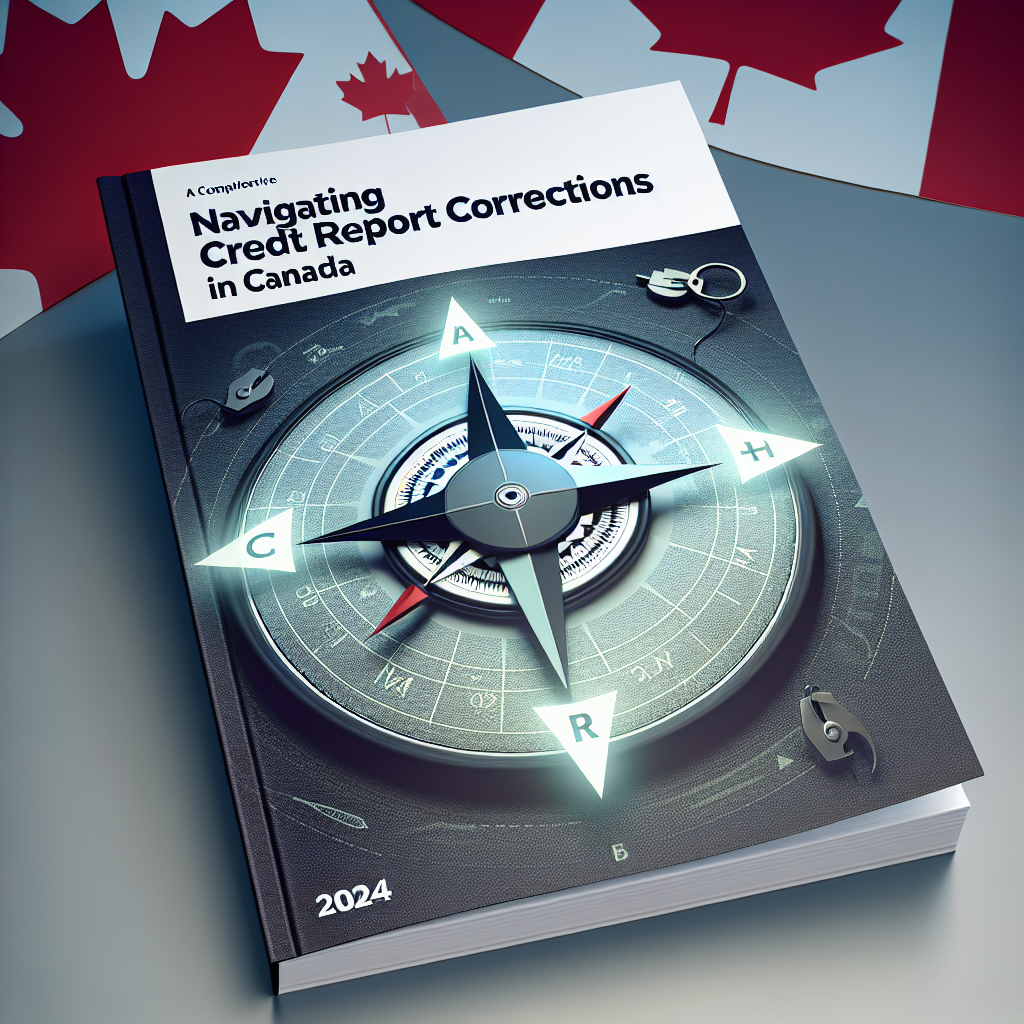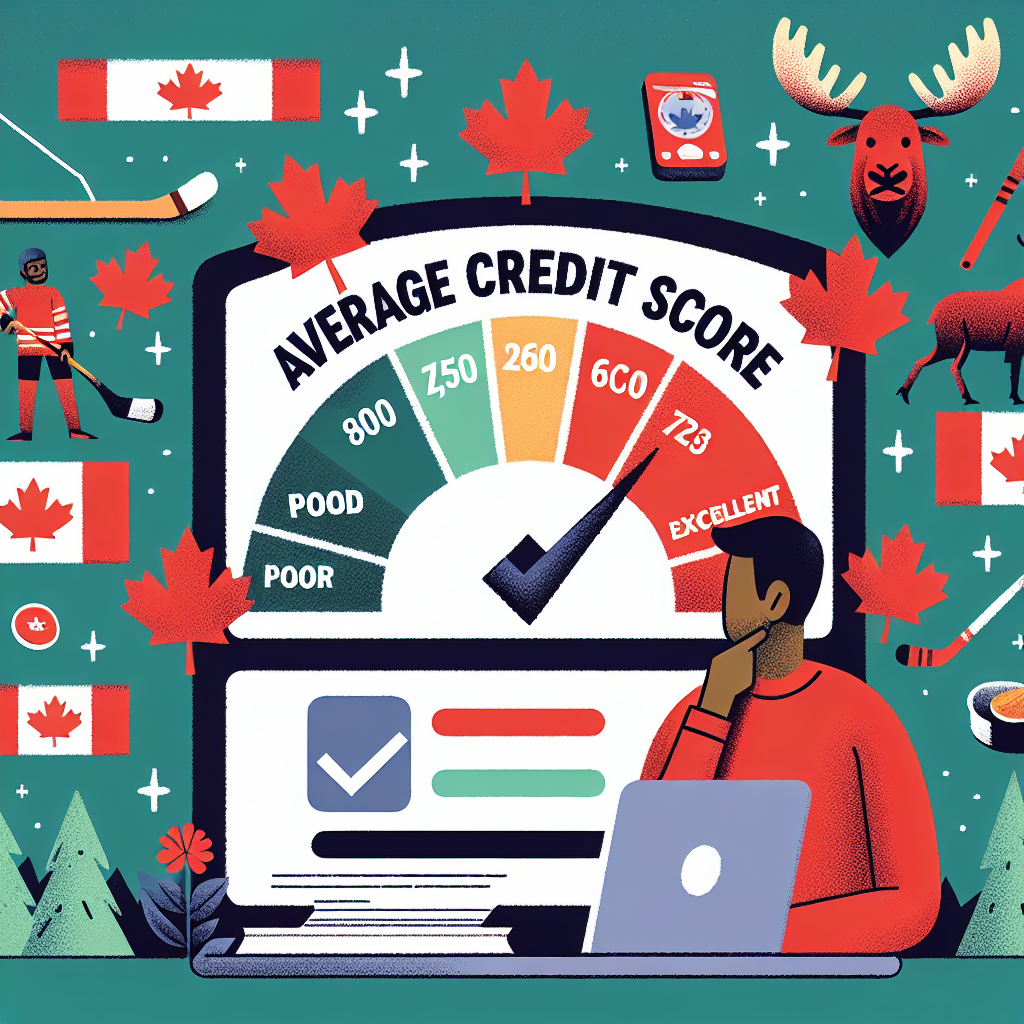Navigating the complexities of credit report corrections in Canada can be overwhelming, especially with the increasing importance of credit scores in financial decisions. Many Canadians find themselves facing inaccuracies that can impact their ability to secure loans, mortgages, or favorable interest rates. If you’re among those dealing with issues related to the Canadian credit report error correction process in 2024, you’re not alone—and understanding how to effectively navigate this landscape is paramount to reclaiming your financial health. This comprehensive guide delves into the essential elements of your credit report and outlines actionable steps to correct any errors you encounter.
Understanding Your Credit Report: Key Elements to Review
A credit report is a detailed record of your credit history, and understanding its structure is essential for identifying inaccuracies. In Canada, the major credit bureaus—Equifax and TransUnion—compile this report, which includes personal information, credit accounts, payment history, and public records such as bankruptcies or liens. Each section serves a unique purpose, and reviewing them meticulously is critical. For instance, personal information errors can lead to confusion and delays when applying for credit, while inaccuracies in payment history can unjustly harm your credit score.
When assessing your credit report, focus on the account information, including credit limits, outstanding balances, and payment histories. Any discrepancy in these areas can signify unauthorized activity or reporting mistakes. Additionally, the inquiry section, which tracks how often your credit report has been accessed, can reveal unexpected hard inquiries that may indicate identity theft or poor credit management. Becoming familiar with these components allows you to quickly pinpoint potential issues that could negatively affect your creditworthiness.
Moreover, understanding the impact of inaccuracies is vital. A single erroneous late payment reported can diminish your credit score significantly, leading to higher interest rates or even loan denials. Therefore, it is crucial to approach your credit report with an analytical mindset, ready to confront any discrepancies with concrete evidence. This vigilance not only empowers you to protect your financial future but also enhances your overall credit health.
Steps to Correct Errors: A Practical Guide for Canadians
Once you’ve identified potential inaccuracies, the next step in the Canadian credit report error correction process for 2024 is to initiate the correction procedure. Start by gathering all relevant documentation to substantiate your claims. This may include bank statements, payment records, or correspondence from creditors. Being thorough in your approach ensures that you have sufficient evidence to support your case, which is paramount in expediting the correction process.
The first action is to contact the credit bureau reporting the error. Both Equifax and TransUnion offer online dispute forms where you can submit your claim efficiently. Be sure to include detailed descriptions of each discrepancy, along with your supporting documentation. Keep meticulous records of your communications, including dates and the names of representatives you speak with. This proactive approach not only demonstrates your seriousness but also provides a timeline that can be useful if the situation escalates.
After submitting your dispute, the credit bureau typically has 30 days to investigate your claim. During this period, they will reach out to the creditor involved for verification. It’s advisable to follow up regularly to check on the status of your dispute. In many cases, you’ll receive a response indicating whether the correction has been made or if further information is required. If the outcome is not satisfactory, you can escalate the matter by filing a complaint with the Consumer Protection Branch of your province or territory, ensuring your voice is heard in the correction process.
Correcting errors on your credit report can feel daunting, but with the right knowledge and strategies, you can successfully navigate this challenge in 2024. By meticulously reviewing your credit report and following the outlined steps, you reclaim control over your financial narrative. Remember, a clean credit report is not just a reflection of your past; it shapes your future financial opportunities. Take action now, and begin the journey toward a more accurate and favorable credit profile. Your financial health and peace of mind are worth the effort, so don’t hesitate to engage with your credit information proactively.
Exploring 2024 Options for Canadian Credit Card Debt ConsolidationDebunking 2024 Myths About Canadian Credit ScoresExploring 2024 Canadian Credit Card Balance Transfer DealsRelevant LinkRelevant LinkRelevant LinkExploring 2024 Options for Canadian Credit Card Debt ConsolidationDebunking 2024 Myths About Canadian Credit ScoresExploring 2024 Canadian Credit Card Balance Transfer DealsRelevant LinkRelevant LinkRelevant LinkNavigating Payday Loans in Canada: A Bad Credit DilemmaExploring Alberta’s Online Payday Loan Landscape: Risks and RealitiesNavigating the Payday Loan Landscape in Victoria, BCRelevant LinkRelevant LinkRelevant Link



